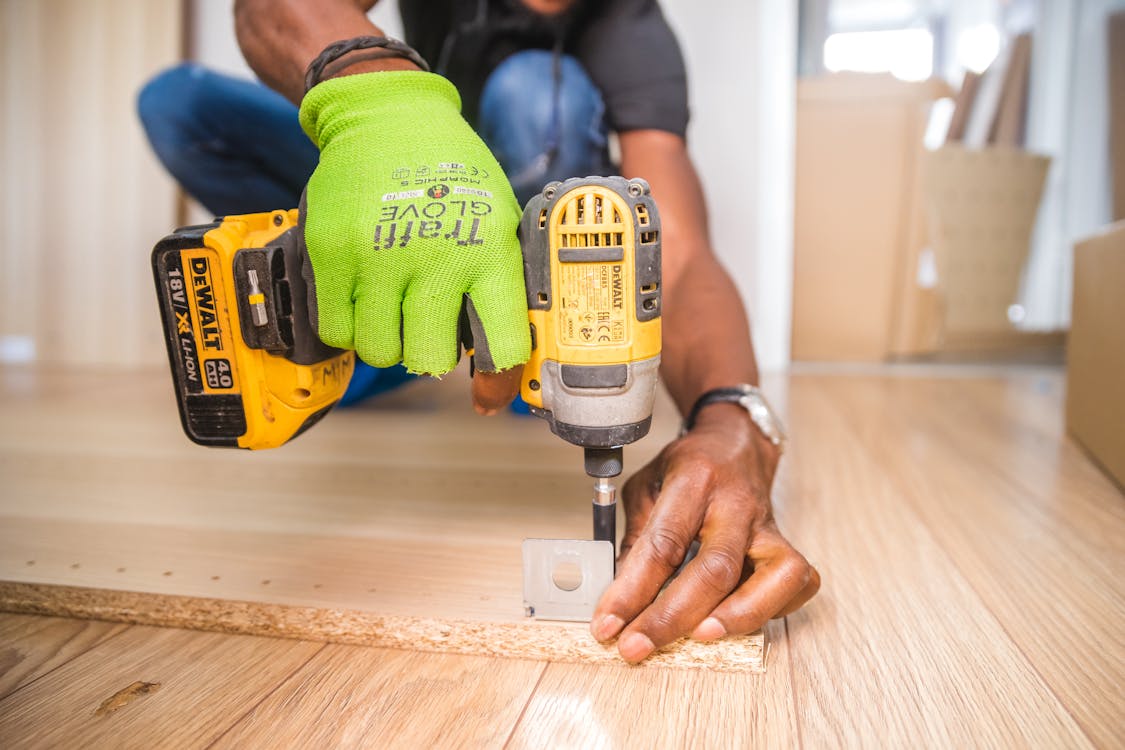Green and Gorgeous: Flooring That Moves Beyond Outdated Styles
Green and Gorgeous: Flooring That Moves Beyond Outdated Styles
Blog Article

When it pertains to home improvement, flooring is typically a neglected but essential element that specifies an area's personality and durability. Choosing the best flooring not only raises the aesthetic of your home however likewise plays a vital duty in sustainability and lasting toughness. In recent years, house owners have started changing away from obsolete designs, embracing eco-friendly, high-grade floor covering alternatives that boost both functionality and appeal. If you're taking into consideration a flooring upgrade, discovering sustainable choices can be a game-changer for your home and the setting.
Why Sustainable Flooring Matters
Sustainability in floor covering surpasses simply being trendy-- it's concerning making accountable options that lower environmental effect. Lots of outdated floor covering designs count on materials that deplete natural deposits, have harmful chemicals, or contribute to too much waste. Going with sustainable flooring makes sure that your home continues to be elegant while minimizing your carbon impact. More home owners today are seeking long lasting, ethically sourced products that align with their eco-conscious way of living without sacrificing layout appeal.
From up-to-date wood decking remedies to engineered alternatives, lasting flooring provides options that are both attractive and useful. Innovations in the floor covering market have made it simpler than ever before to select products that sustain a greener earth while maintaining the warm, welcoming feeling of conventional floors.
Changing Outdated Flooring with Eco-Friendly Alternatives
Conventional floor covering products like carpeting, plastic, and non-recyclable ceramic tiles have actually been basic in many homes for decades. However, these products typically contain chemicals, break swiftly, and add to land fill waste. Sustainable flooring selections, on the other hand, give lasting value and boosted air quality for interior spaces.
Hardwood and Engineered Wood: Classic Yet Sustainable
Natural wood flooring remains an ageless selection for house owners that value warmth and sturdiness. While solid wood is a sustainable option when sourced responsibly, crafted wood is gaining popularity because of its effective use of natural resources. With its layered construction, crafted wood minimizes waste while keeping the style of typical hardwood.
Sourcing timber from properly managed forests makes sure that your floor covering investment does not add to logging. Additionally, some crafted flooring products are made from recycled wood fibers, additionally boosting their green allure.
Bamboo and Cork: The New Era of Sustainable Flooring
Bamboo and cork flooring have become 2 of the most sustainable options available today. Bamboo, a very renewable resource, proliferates and offers resilience comparable to wood. It's a trendy choice that gives strength against dampness and wear, making it an exceptional choice for high-traffic locations.
Cork, on the other hand, is harvested from the bark of cork oak trees without hurting the tree itself. This all-natural material is soft underfoot, making it a superb option for homes that focus on convenience. It additionally has natural insulating buildings, assisting to manage indoor temperatures while minimizing sound.
Redeemed and Recycled Materials: A Second Life for Flooring
Among one of the most lasting means to revitalize your flooring is by using recovered products. Recovered timber, repurposed ceramic tiles, and recycled steel or glass flooring provide an unique aesthetic that brings personality and background right into your home. Picking these materials supports environment-friendly efforts by decreasing the demand for new resources and lowering waste.
Enhancing Sustainability with Outdoor Flooring Options
The concentrate on sustainability doesn't quit at indoor floor covering. Many house owners are currently integrating eco-conscious components into their outside areas too. Wood decking has actually always been a popular choice, but modern-day materials give much more sustainable choices without compromising on top quality.
Using responsibly sourced or composite outdoor decking products guarantees that your outside space remains fashionable while website reducing ecological effect. Integrating a well-planned deck designer approach permits you to develop an outdoor oasis that harmonizes with nature while standing the test of time. Picking sustainable outdoor decking choices indicates fewer repair work, less upkeep, and a longer-lasting financial investment in your house's exterior.
The Role of Smart Home Improvement in Sustainability
Making the button to lasting flooring is simply one part of a bigger picture. Homeowners who purchase energy-efficient remedies commonly search for methods to improve their homes beyond simply flooring. Making use of green paints, energy-efficient lights, and clever electrical supply stores selections can even more improve sustainability initiatives.
For instance, coupling your brand-new floor covering with LED illumination and energy-efficient heating solutions can maximize your home's overall power financial savings. Many property owners are also turning to wise home innovations to check energy use and make sure that their living spaces are as green as possible.
Keep Inspired with Sustainable Home Upgrades
As patterns in home style remain to progress, making lasting selections continues to be a priority for those wanting to produce ageless, accountable space. Whether you're changing out-of-date flooring with bamboo, crafted wood, or redeemed materials, there's no shortage of options that align with both style and sustainability.
If you're ready to boost your home with environmentally friendly flooring, remain tuned for more updates on the most recent fads, tips, and motivation. Follow our blog for specialist insights on home improvement, lasting materials, and innovative design options that can change your home right.
Report this page